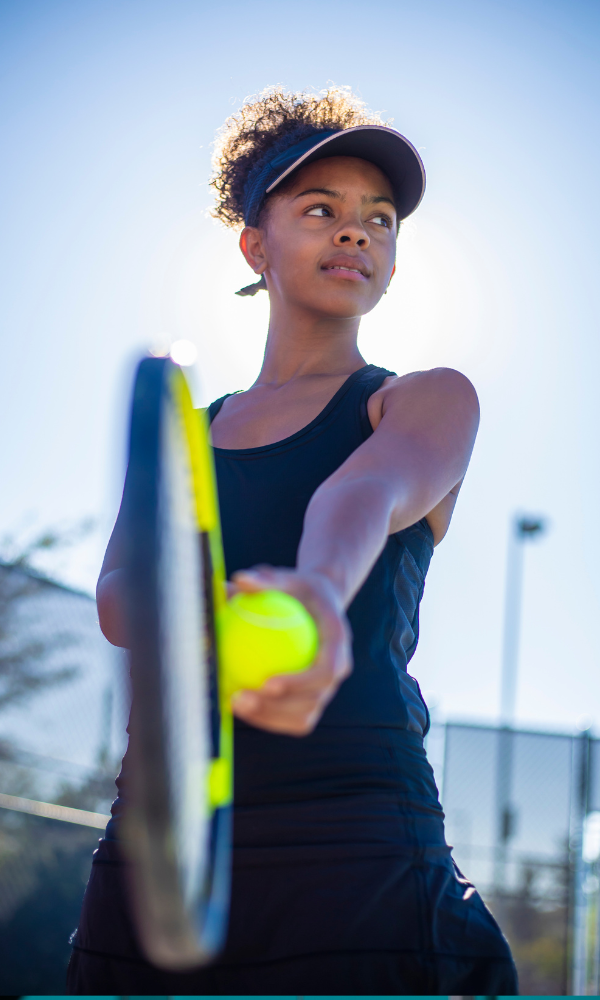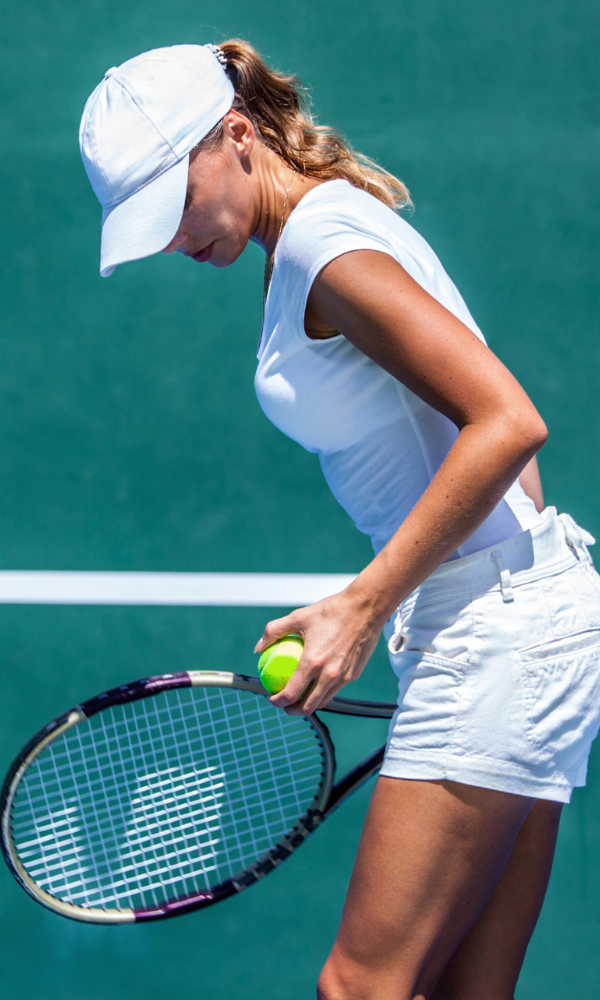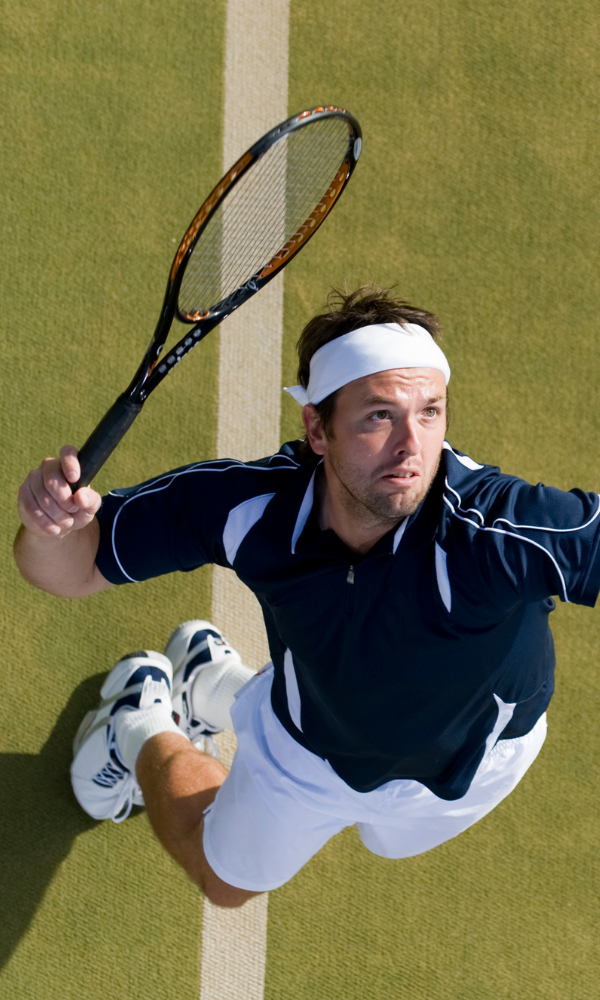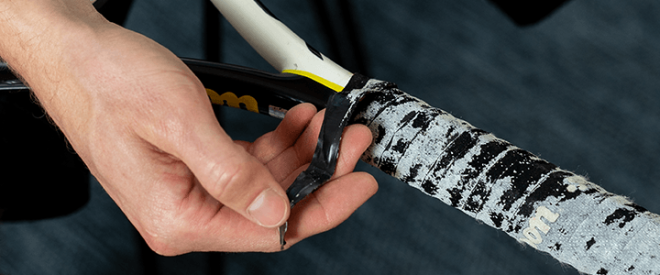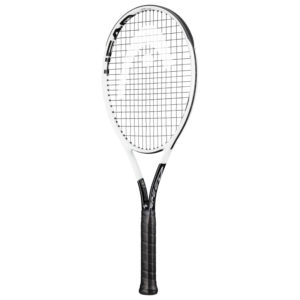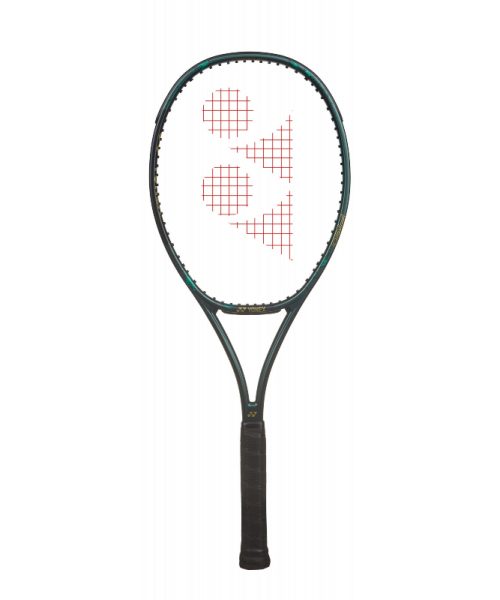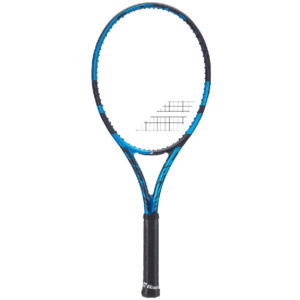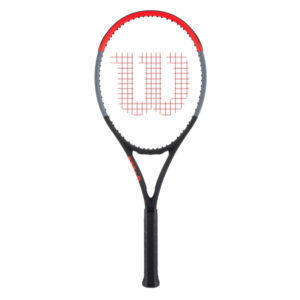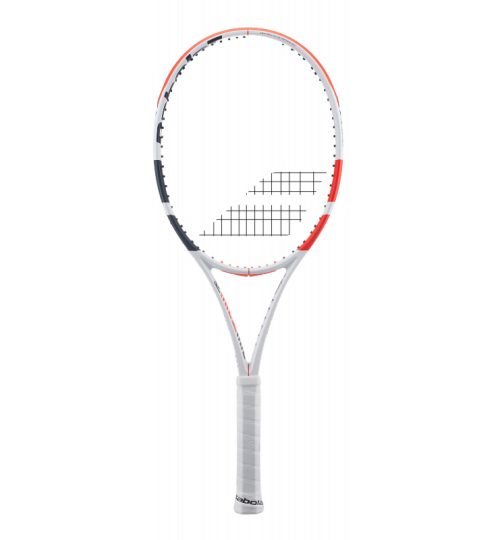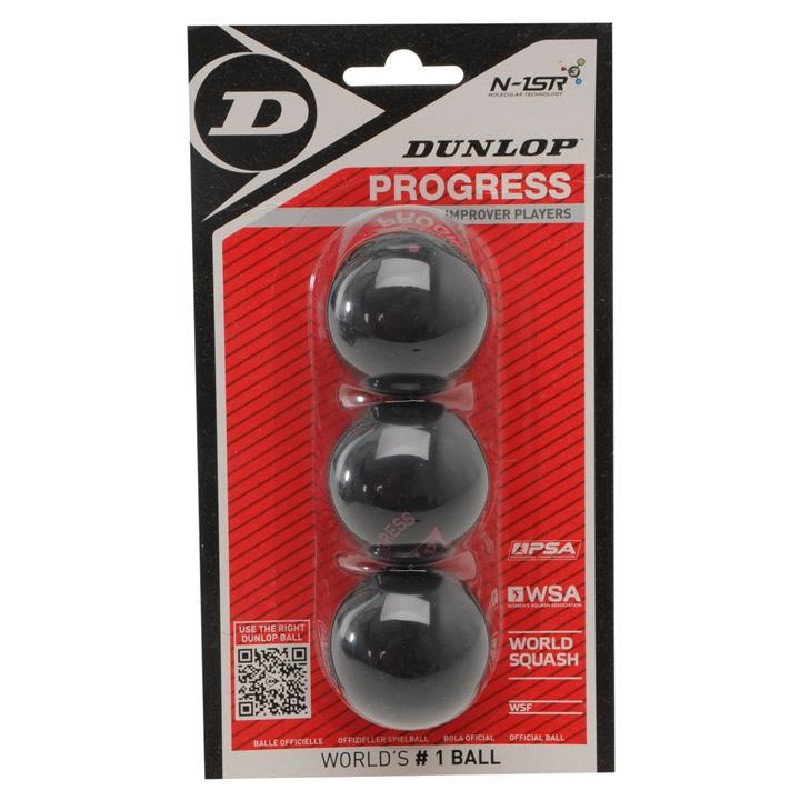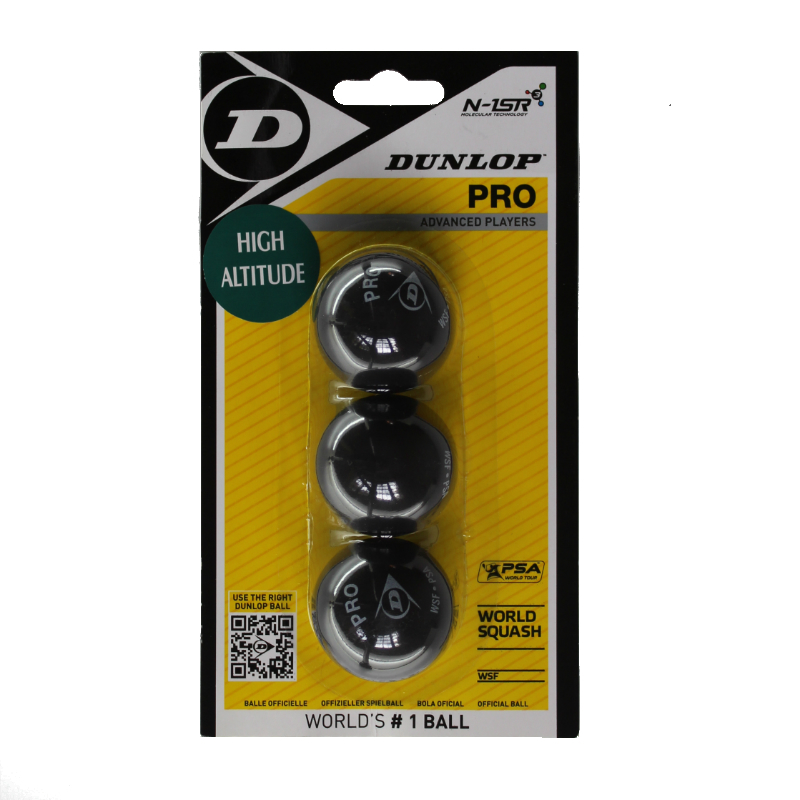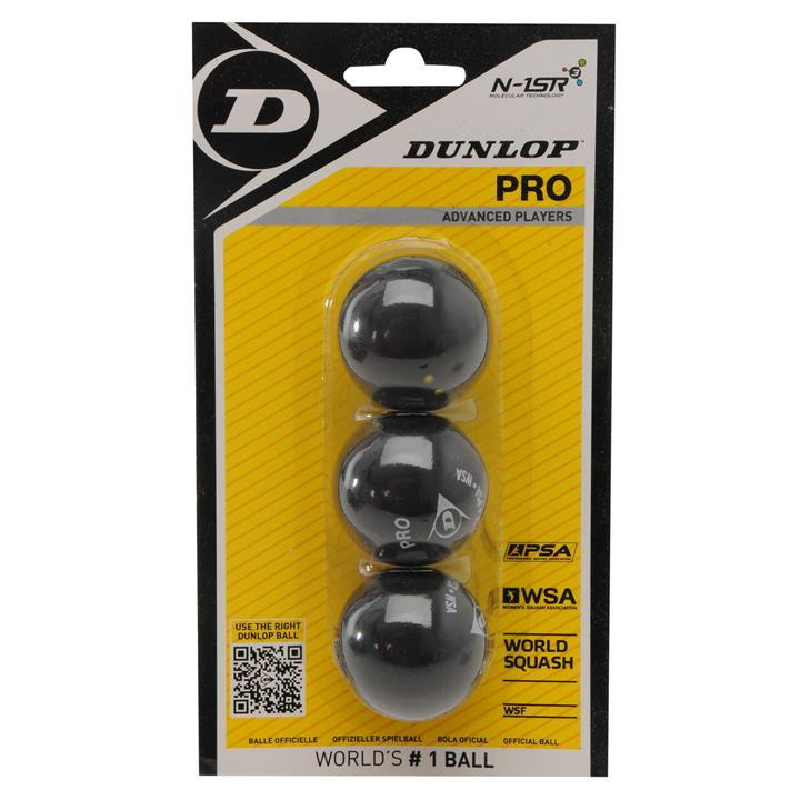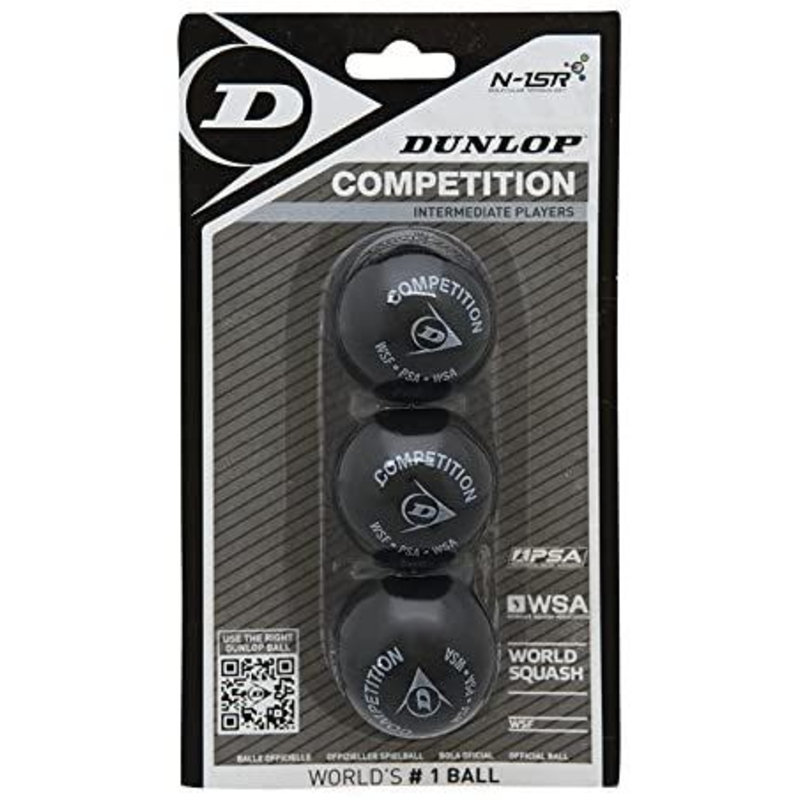Choosing the Perfect Tennis Racket: Your Guide to Finding the Right Fit
Tennis is a game of precision, power, and strategy, and your racket plays a significant role in your performance. Whether you’re a beginner or an experienced player, finding the right tennis racket that suits your playing style, skill level, and physical attributes can make a world of difference. With so many options available, it can be overwhelming to know where to start. Don’t worry—we’ve got you covered! Here’s a comprehensive guide to help you choose the perfect racket for your game.

1.RACKET HEAD SIZE: CONTROL VS. POWER
One of the most important factors to consider when choosing a tennis racket is its head size. The head size determines the sweet spot (the optimal area for hitting the ball) and influences both control and power.
- Oversized (100+ sq. in.): Ideal for beginners or players seeking extra power, larger head sizes provide a bigger sweet spot and more forgiveness on off-centre hits. If you’re still working on your technique or want a racket that helps generate more pace, an oversized head might be the best option.
- Mid-Size (85-95 sq. in.): Players with more experience or advanced skills often prefer mid-sized heads because they offer greater control and feel. These rackets require precision but reward good technique with accurate shots and more control over the ball.
- Midsize Oversized (95-100 sq. in.): These rackets offer a balance between power and control, making them suitable for intermediate players who are developing their game and want a versatile option.
2.WEIGHT: LIGHT VS. HEAVY
The weight of your racket affects both your comfort and power on the court. A racket’s weight influences your ability to swing quickly, generate power, and control the ball.
- Light Rackets (250-290 grams): Lighter rackets are typically easier to maneuver, making them great for beginners or players who rely on speed and quick reactions. If you have a fast swing and want a racket that’s easy to handle, a light racket offers excellent maneuverability, especially on volleys or quick exchanges at the net.
- Medium Rackets (290-310 grams): These rackets offer a good balance of power and control. They are ideal for intermediate players who want to improve their overall game and need a racket that can perform well in both baseline rallies and net play.
- Heavy Rackets (310+ grams): Heavier rackets generate more power and stability, especially on serves and groundstrokes. Advanced players or those who generate their own racket head speed will benefit from the added control and power that heavy rackets provide. However, these rackets may be harder to maneuver and can lead to arm fatigue if you don’t have sufficient strength.
3. BALANCE: HEAD-HEAVY, EVEN, OR HEAD-LIGHT?
The balance of your racket determines how weight is distributed across the frame. This affects how the racket handles during play, particularly during fast movements and swings.
- Head-Heavy: A racket with more weight in the head provides additional power, making it easier to hit deep, strong shots. Head-heavy rackets are good for players who need help generating power, such as those with slower swing speeds or who are focused on baseline play. They are especially popular among players who want to add more punch to their groundstrokes or serves.
- Even Balance: A balanced racket provides a good mix of control and power, making it suitable for a wide range of players. This type of racket is ideal for all-around players who need a versatile racket that performs well in all areas of the game.
- Head-Light: Rackets with more weight in the handle are easier to maneuver, making them ideal for players who want greater control, especially on volleys or quick net play. Head-light rackets are popular with players who like to generate their own power and rely on technique rather than racket speed.
4. RACKET LENGTH: STANDARD VS. EXTENDED
Racket length can influence your reach, power, and swing speed. Standard rackets typically measure around 27 inches, but some rackets come in longer sizes.
- Standard Length (27 inches): The most common racket length, standard rackets offer a balanced combination of control, power, and maneuverability. They’re great for players who prefer a controlled game with a consistent swing.
- Extended Length (27.5–29 inches): Extended rackets provide greater reach, which can be a game-changer on groundstrokes, especially for players who want to increase the power and depth of their shots. However, they may sacrifice some control and are more challenging to maneuver at the net. Extended-length rackets are best for baseline players who want extra power and reach.
5. FRAME STIFFNESS: FLEXIBILITY VS. POWER
The stiffness of the racket frame influences its feel and power. Stiffer rackets generate more power but may transfer more shock to the arm, while flexible rackets offer better feel and control.
- Stiff Frames: Rackets with a stiffer frame provide more power on shots, but they offer less feel and are less forgiving on off-center hits. These are great for players who rely on their power and can generate their own racket head speed. However, players with arm injuries or sensitivity to shock may find these rackets less comfortable.
- Flexible Frames: Flexible rackets offer more control and a better feel for the ball. They tend to be more comfortable to play with and reduce the shock on your arm, making them ideal for players with tennis elbow or those looking for a smoother feel.
6. STRING PATTERN: OPEN VS. DENSE
The string pattern on your racket affects both your control and spin potential. A more open string pattern allows for greater spin, while a denser pattern provides more control.
- Open String Pattern (16×18 or 16×19): An open string pattern allows the strings to move more freely, generating greater spin and power. It also offers a larger sweet spot, making it easier to hit the ball cleanly. Players who rely on topspin or slice shots often prefer an open string pattern for its ability to generate extra spin.
- Dense String Pattern (18×20): A denser string pattern provides more control and a firmer feel. These rackets are great for players who prioritize precision and accuracy over spin and power. Dense patterns tend to last longer because the strings experience less movement, making them more durable.
7. GRIP SIZE: COMFORT AND PERFORMANCE
The grip size is crucial for comfort and preventing injury. Choosing the right grip size ensures that your hand remains comfortable throughout long matches and reduces the risk of tennis elbow or wrist strain.
- Measure Your Grip Size: To determine your grip size, use a ruler to measure the distance from the middle crease of your palm to the tip of your ring finger. Most tennis rackets come in grip sizes ranging from 4 inches to 4 5/8 inches. If your grip is too small or too large, you may experience discomfort or difficulty controlling the racket.
- Grip Tapes and Overgrips: If your racket feels slightly off in terms of grip size, consider using overgrips or grip tapes to adjust the size for a more comfortable fit.
Choosing the right tennis racket involves understanding how various factors like head size, weight, balance, and string pattern affect your play style. Whether you’re looking for power, control, or a balance of both, the perfect racket can enhance your game and make every match more enjoyable. Consider your skill level, playing style, and physical needs when selecting a racket, and remember, the right racket is an investment in your game. For more expert advice on tennis gear, racket reviews, and the latest innovations in tennis visit Baseline Racquets.
